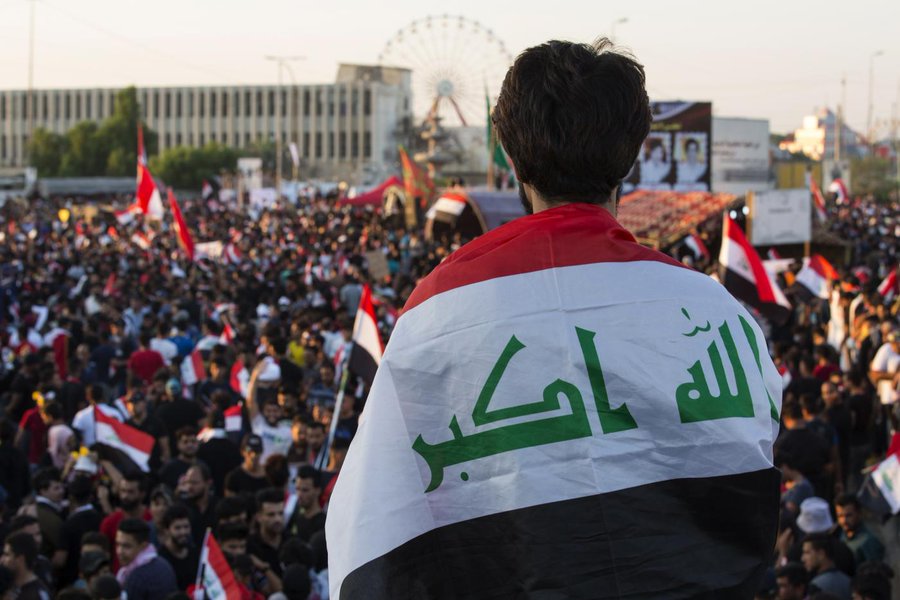In the spring of 2003, Saddam Hussein’s regime was toppled. Iraq then had to rebuild itself, with the presence of US forces who had put an end to the dictatorship. But after the departure of US troops in 2010-11, the Iraqi state never succeeded in asserting its authority, leaving the country open to becoming a zone of competing influence between the US and neighbouring Iran. We take a look back at nearly 20 years of Iraqi history: a state under twin American and Iranian domination.
Ten years ago, in August 2010, US forces began to withdraw from Iraq after seven years of occupation, following the war led by the coalition that overthrew Saddam Hussein’s dictatorship in March 2003. This withdrawal was meant to be the effective liberation of Iraq.
Iraq, a geopolitical chessboard
But the Obama administration’s disengagement from Iraq effectively left the field open for Iran and its Shiite supporters, in a divided country that now resembled a giant geopolitical chessboard. The Americans, the Sunnis and the Shiites all placed their pawns, as did the fundamentalists of the Islamic State (IS) group, which became a danger threatening the entire region.

The Americans returned to Iraq, indirectly, from 2014, acting within the international coalition against the IS group.
In this context of a new Cold War, the population is taking to the streets to make its voice heard. Young Iraqis have been campaigning since October 2019 for a new Iraqi citizens’ pact, rejecting all forms of sectarianism and foreign interference and demanding a life of dignity, individual freedoms and an effective “liberation” of Iraq.
FRANCE24
Leave a Reply
You must be logged in to post a comment.